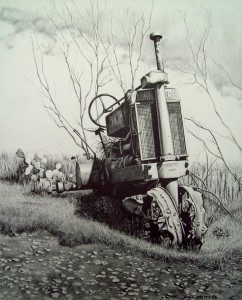
When visually attempting to define form, value plays the greater part in its representation and perception. The illusion of three-dimensionality is created by the contrast of lighter values next to the darker ones. This is necessary to portray believable forms.
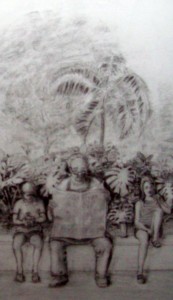
If there were but one single light source to help define form, the interpretation of value would be simplified; however, nature presents the artist with more light sources than needed. This is conflicting light that distorts, alters, or destroys the illusion of form. When light is confusing, artists have the right to take some artistic liberties; especially, when random spots of conflicting light breaks up shapes and forms making them hard to define. This is particularly true when painting from nature.
Tip: If more than one light source is illuminating your subject. Select only one for your painting.
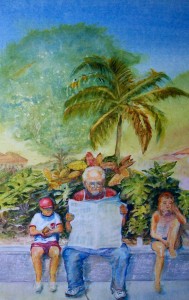
Many artists feel that detail is the secret for getting viewer’s attention, but it it’s not. What do you think it is? This artists thinks contrast, either in value patterns or layers captures the viewer. In his book, Tom Lynch’s Watercolor Secrets, Tom Lynch said it so well: I want my paintings to stand up and be noticed, to visually entertain my viewer’s and hold their attention. I’ve found that contrasting values, along with a variety of shapes and colors, are the three things that most entertain a viewer. When I want to make a painting more interesting, I put in attention getting value changes…the more the merrier.
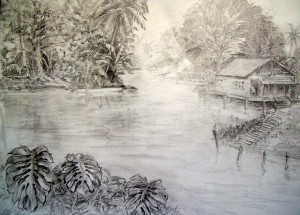
Value at its simplest is black and white. Black being the darkest value, white being the lightest value, and a mixture of black and white creating various grays in between to complete the pattern. However, if one wishes not to draw with graphite or charcoal or paint with black and white, then color and all its values, hues, chroma, and directional light become involved. Therein lies the practice of a lifetime for an artist to truly master. Admittedly, it’s all encompassing…all exciting.
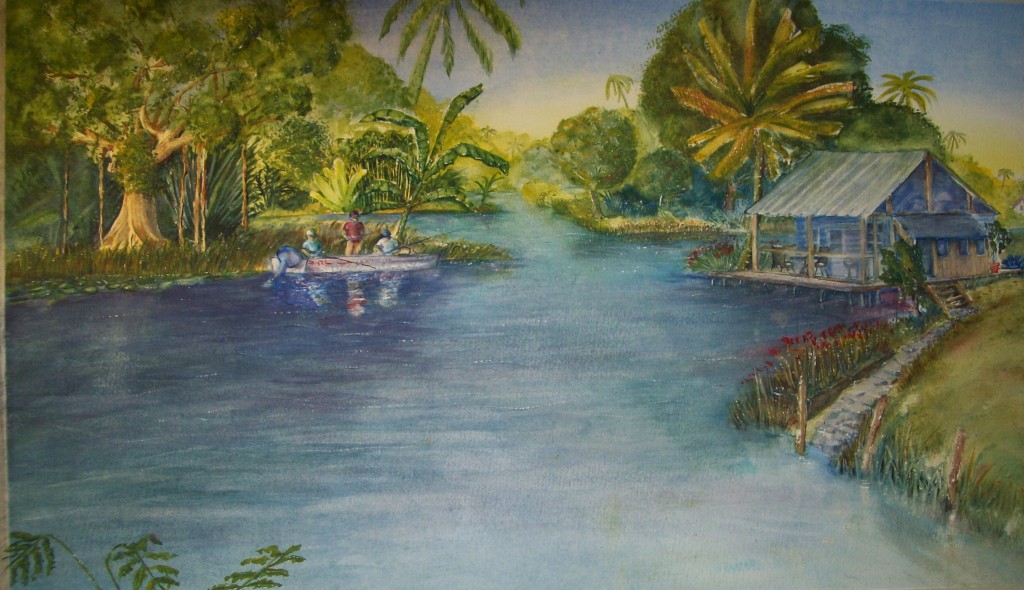
Be sure to check out the galleries at the top of the page. Also, check out the opportunities page for artists. We welcome your comments at the bottom of the page, please no profanity or spam. We also want to invite you to our Face Book page (right). If you visit the page, please “like” it if you do. Oh, yeah, don’t forget to join our newsletter at the top right side of page.
